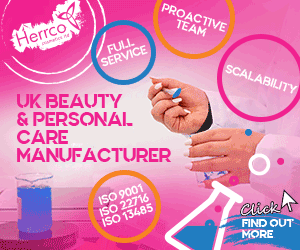Today’s skin care products target a wider variety of consumer needs than ever before, boast new modes of action, match well known actives with more effective delivery systems and are delivering an element of surprise, says Julia Wray
Where facial skin care leads the wider beauty world follows and this dynamic sector continues to be the source of many standout pan-industry trends. ‘Targeted multifunctionality’ is one such example.
“The facial skin care market is going in two directions,” explains Nicole Tyrimou, Beauty and Personal Care Analyst at Euromonitor International. “There are more targeted treatments like serums, masks and oils with claims such as nourishing and anti-ageing. But, on the other hand, many mass market brands are aiming for multifunctionality, incorporating extra ingredients and claims.
“We have seen the contraction of two trends – multifunctional skin care products and targeted ones – and we are now getting targeted multifunctionality.” For example, a night cream (therefore targeted) which improves texture, brightens skin and helps reduce the appearance of fine lines and wrinkles. “Things are meeting in the middle as consumer needs become more complex and more demanding,” she adds.
Clearly catering to complex consumer demands is paying off as the facial skin care category grew 2.7% in 2012 to US$80.5bn and is predicted to be worth more than $84.9bn in 2013, according to the latest data from Euromonitor.
Asia Pacific accounted for a massive $41.67bn of the global facial skin care market and as a region is responsible for shaping skin care trends globally.
“The biggest trend in Asia Pacific is still whitening,” says Tyrimou. “Multinationals like the Estée Lauder Companies [with new brand Osiao] are either launching whitening products specifically for the Asian market, or – as is the case with Crème de la Mer, Chanel and Dior’s Diorsnow – launching products in Asia Pacific then bringing them to western Europe and the US.”




